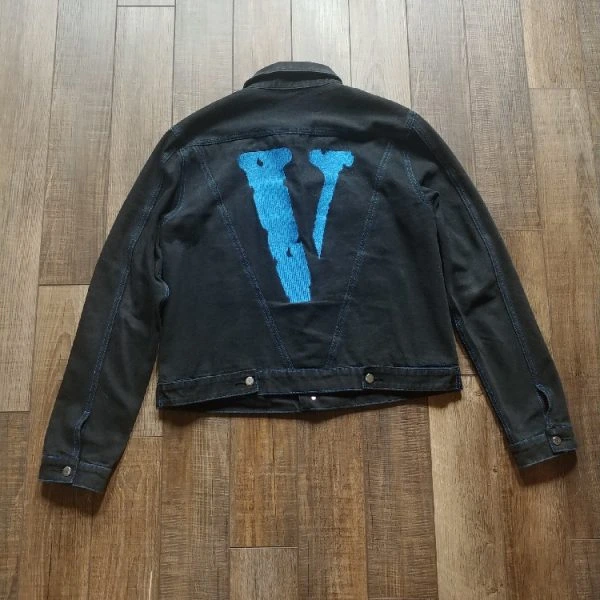Reviving Tradition: The Enduring Appeal of Block Print Fabric
Block print fabric is more than just a material; it is a piece of living history. Rooted deeply in the cultural traditions of India, this ancient art form has been passed down through generations, preserving the skills and techniques that make it so special. Today, block print fabric is experiencing a revival, drawing the attention of designers, artisans, and consumers who appreciate its handcrafted beauty, intricate designs, and connection to heritage.
In this article, we explore the history, process, and ongoing appeal of block print fabric, highlighting how this age-old craft is making its way into contemporary fashion and home decor.
1. The History of Block Print Fabric
The history of block printing is extensive and goes back more than two millennia. Block printing originated in China and eventually spread to India, where it became ingrained in the textile customs of the nation. Rajasthan, in particular, became a hub for block printing, with cities like Jaipur and Bagru gaining prominence for their exquisite craftsmanship.
Indian block print fabric is traditionally created by carving intricate designs onto wooden blocks, dipping them in natural dyes, and stamping them onto fabric. Over time, the art evolved, with artisans incorporating various patterns, motifs, and color combinations that reflect the region’s cultural diversity and artistic expression. Each block print tells a story, whether it’s the geometric patterns of Sanganeri prints, the floral motifs of Bagru, or the abstract designs of Dabu.
2. The Process of Block Printing
The process of block printing is labor-intensive and requires a great deal of skill and precision. Each step is done by hand, from carving the design on the wooden block to printing the fabric.
- Carving the Block: The first step involves crafting the printing block itself. Skilled artisans carve intricate patterns onto wooden blocks, each representing a different part of the overall design. These blocks are often made from seasoned woods like teak, which are durable and absorb the dye well.
- Preparing the Fabric: Before printing, the fabric is thoroughly washed to remove any impurities. This step ensures the dye adheres evenly to the fabric. Traditional block printing is often done on natural fabrics like cotton, silk, or linen, which absorb the dyes well.
- Dyeing the Fabric: Many block print fabrics are dyed using natural dyes made from plants, minerals, and other organic materials. Indigo, madder, turmeric, and pomegranate are some of the traditional sources of dye used in block printing.
- Printing the Fabric: Craftspeople gently dip the wooden blocks into the dye and press them onto the fabric after the fabric and colors are ready. Precision is key, as each color and part of the design is printed one at a time. This requires meticulous alignment to ensure the final pattern is seamless.
- Drying and Finishing: After printing, the fabric is left to dry in the sun. Some block prints, like Dabu prints, go through additional processes, such as resist dyeing, to create unique textures and patterns. Once the fabric is dry, it may be washed again to remove excess dye and set the colors.
3. Why Block Print Fabric Is So Special
Block print fabric stands out not only because of its beauty but also because of the craftsmanship and tradition that goes into creating it. In an age of mass production, block print fabric offers a tactile, handmade quality that modern manufacturing often lacks. Here are a few reasons why block print fabric continues to capture the hearts of people around the world:
- Handcrafted Artistry: Every block print fabric is unique, reflecting the skill of the artisan who created it. The small imperfections in the print only add to its charm, reminding us that it is handmade and not mass-produced.
- Cultural Heritage: Wearing or using block print fabric is a way to connect with history and support traditional craftsmanship. Each piece of fabric tells a story of heritage, rooted in centuries-old techniques passed down through generations.
- Sustainable Fashion: Block printing, particularly when done with natural dyes and fabrics, is an eco-friendly alternative to synthetic fabrics and chemical dyes. By choosing block print fabric, you support sustainable practices and contribute to reducing the environmental impact of fast fashion.
- Versatile Use: Block print fabric is incredibly versatile. It can be used for clothing, home decor, accessories, and even upholstery. Whether you’re wearing a block-printed saree, dressing up your living room with block-printed cushions, or wrapping yourself in a block-printed scarf, these fabrics are both functional and fashionable.
4. The Ongoing Appeal of Block Print in Fashion and Decor
In recent years, block print fabric has made a resurgence in both fashion and home decor. Designers are increasingly incorporating block prints into their collections, using the traditional craft to create contemporary pieces that appeal to modern consumers. The rise of slow fashion and the desire for sustainable, artisanal goods has brought block printing back into the spotlight, allowing it to thrive in a global market.
- In Fashion: Block print fabrics are used to make everything from kurtas and sarees to dresses and shirts. Designers love the earthy, organic feel of block print fabric, as well as the intricate patterns that give each garment a unique look. Whether you’re looking for a casual summer dress or an elegant evening outfit, block print fabric can provide a beautiful, artistic touch.
- In Home Decor: Block print fabric is also making waves in home decor. From curtains and cushion covers to bedspreads and tablecloths, block prints can bring warmth, texture, and character to any living space. The natural dyes and patterns of block print fabric often complement modern interior styles, such as bohemian, rustic, or minimalistic aesthetics.
5. Preserving the Tradition of Block Printing
The resurgence of block print fabric is a testament to the timeless appeal of this craft. However, preserving this tradition requires ongoing support for the artisans who practice it. Many artisans face challenges in sustaining their livelihoods due to competition from mass-produced textiles and changing market demands. By purchasing block print fabric from ethical brands that prioritize fair wages and sustainable practices, consumers can play a role in keeping this tradition alive.
Organizations and initiatives dedicated to promoting Indian handicrafts are also working to ensure that block printing remains a viable source of income for artisans. Workshops, exhibitions, and collaborations with designers are helping to showcase the beauty of block print fabric to a global audience, ensuring that this ancient craft continues to thrive in the modern world.
Read More: Soft News Daily
Conclusion: Embrace the Timeless Beauty of Block Print Fabric
Block print fabric is more than just a textile; it is a symbol of history, tradition, and craftsmanship. With its intricate designs, sustainable practices, and cultural significance, block print fabric is a beautiful addition to any wardrobe or home. As we embrace slow fashion and support artisans, we help preserve this centuries-old craft for future generations. So whether you’re adding a block-printed dress to your closet or decorating your home with block-printed cushions, you’re not just investing in a product—you’re celebrating the artistry and heritage of block printing.






